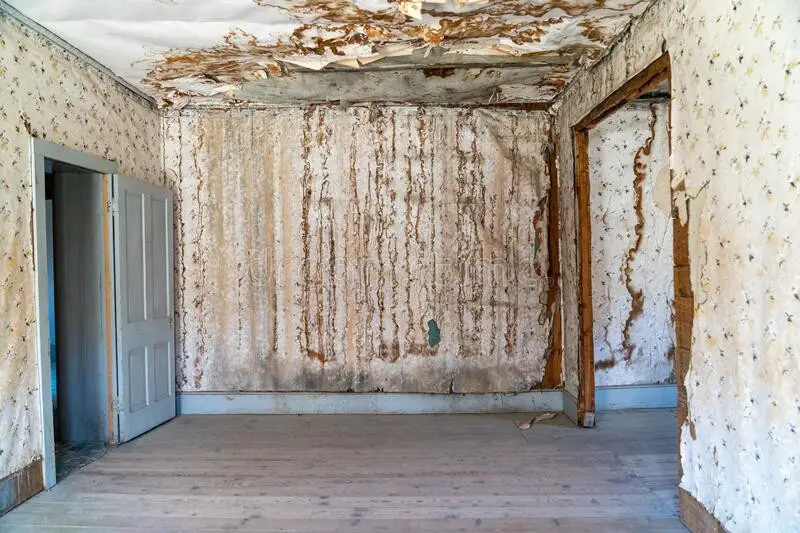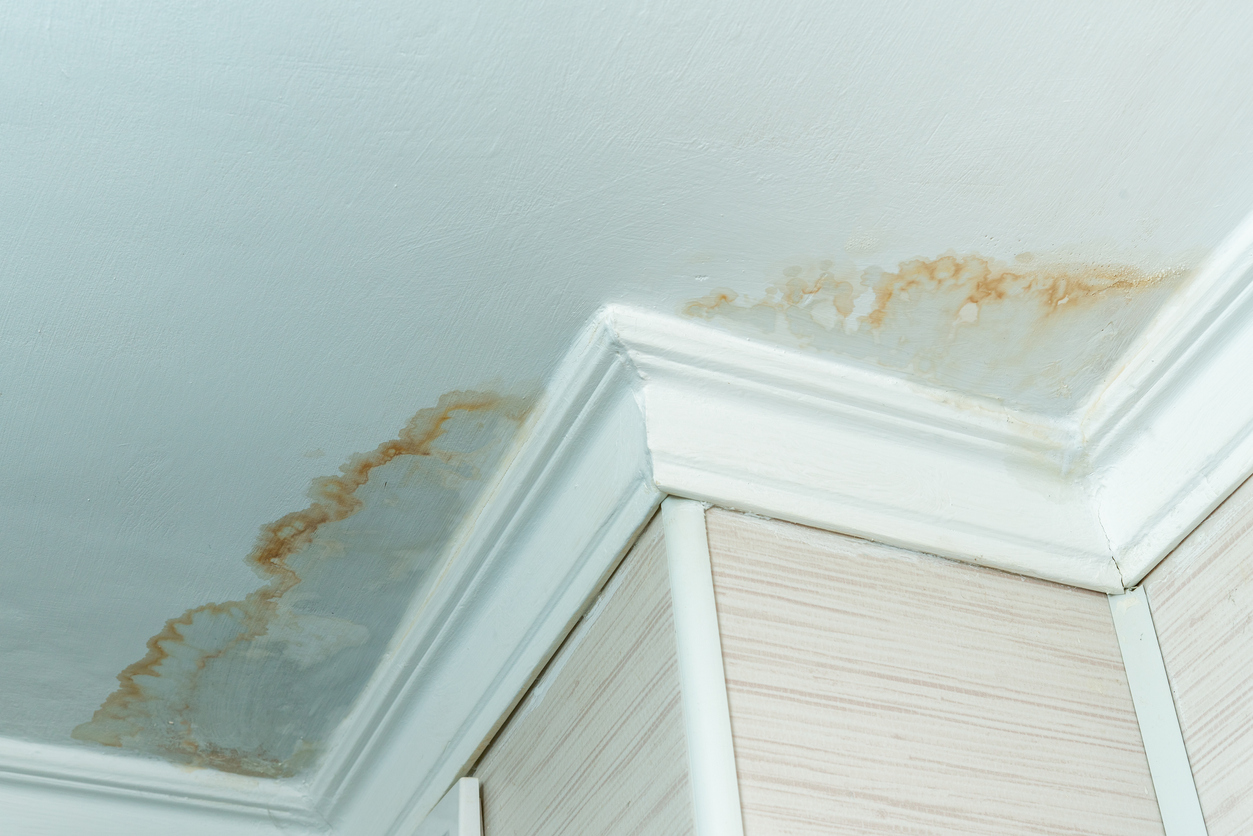Water Stains on Walls: Inspecting and Repairing Procedures
Water Stains on Walls: Inspecting and Repairing Procedures
Blog Article
Each person maintains their personal conception in relation to Indicators of Water Damage Behind Walls.

Water stains on walls are not enjoyable to the eyes. Your house must lack stains on the walls, roofing, or floors. That is the suitable state of a house as well as its structures. Occasionally it seems almost inevitable to experience water stains on walls in homes.
Property owners living in humid regions regularly take care of the anxiety of water stains on walls. But that doesn't need to hold true for you. With accurate and also all-round info on the causes of water discolorations and timely repair service procedures, you will constantly be a step ahead of such occurrences. So, this short article promises to be a helpful guide for you.
3 Typical Sources Of Water Discolorations on Walls
In contrast to common belief, water discolorations on wall surfaces do not constantly come from poor building materials. There are several causes of water discolorations on wall surfaces. These consist of:
Wet
When warm wet air meets with completely dry cold air, it triggers water droplets to base on the wall surfaces of structures. This occurs in bathroom and kitchens when there is heavy steam from cooking or showers. The water beads can tarnish the surrounding walls in these parts of your home and infect other locations.
Moist or condensation affects the roof and also wall surfaces of buildings. This causes them to show up darker than other locations of the house. When the wall surface is wet, it creates an appropriate setting for the growth of fungi and also microbes. These may have adverse impacts on health and wellness, such as allergic reactions and also respiratory system conditions.
Poor Drain
When making a building plan, it is important to ensure sufficient water drainage. This will avoid water from permeating right into the walls. Where the water drainage system is clogged or missing, below ground moisture accumulates. This web links to excessive wetness that you see on the walls of your building.
So, the leading source of wet wall surfaces, in this case, can be a bad water drainage system. It can additionally be due to poor administration of sewage pipes that run through the building.
Pipe Leaks
A lot of houses have a network of pipes within the walls. This guarantees that the pipelines are faraway from the reach of destructive rodents. It constantly raises the feasibility of such pipes, as there is little oxygen within the walls. This discourages corrosion.
A drawback to this is that water leak affects the wall surfaces of the structure and creates widespread damage. A telltale sign of malfunctioning pipelines is the look of a water stain on the wall.
Pro Idea
A houseplant in your house also enhances its humidity. If the house is already damp, you may want to introduce houseplants with very little transpiration. An example of suitable houseplants is succulents.
Water Stains on Wall: Repair Tips
When dealing with water discolorations, house owners would typically want a quick fix. They would certainly quickly understand this is disadvantageous as the water stains repeat. Right here are a couple of useful ideas that will guide you in the repair service of water discolorations on walls:
Verdict
No one desires to have water discolorations on walls in their house, it can take place to the best of us. This post offers you leverage, as you now understand just how to manage this mishap if it does occur.
It is always best to recruit expert services to assist fix the problems in your home.
Occasionally it appears practically inevitable to experience water stains on walls in residences.
In contrast to prominent belief, water discolorations on wall surfaces do not constantly stem from inadequate building materials. There are several reasons of water discolorations on wall surfaces. The water beads can tarnish the bordering walls in these parts of your home and spread to various other locations.
Right here are a few handy pointers that will certainly assist you in the repair work of water spots on wall surfaces:
CHECKING FOR WATER DAMAGE
Water damage can be costly, and it may begin before you even notice the first signs of trouble. Water damage can cause mold and mildew in your walls and floors, which can create an abundance of health concerns for your family. It can also lead to costly repairs of various appliances and general home fixtures. To avoid the pricey consequences of water damage, here are Warner Service’s top 5 places you should check:
The walls – The easiest place to spot the beginnings of water damage is on the walls and ceilings of your home. If water damage is present, there will most likely be water stains, especially around the windows and doorframes, and/or cracks in the drywall. If a stain looks unusual (discolored to brown, black or gray, raised texture), has a swollen appearance or is soft to the touch, contact a professional immediately. The pipes – To avoid water damage, consistently check the pipes in your kitchen (especially the dishwasher and ice maker), bathrooms, laundry room (specifically washing machines) and basement for corrosion, leaks and water stains. Pay special attention to where the pipes connect in your home and the location of caulking around the bathroom fixtures, including toilets, sinks, showers and tubs. Missing or loose caulking and grout could be signs of leaking water. This seepage can also quickly cause mold and rust, so double check your water heater and tank for wet spots on the floor. The floor – Water damage is very easy to spot on the floor. Look for any warping or buckling of the material, especially in the basement. If your home has wood flooring, look for bright white or dark stains. If your home has carpeting, keep it dry and clean. A damp carpet that smells of mold could cause water damage and health problems. To avoid this, consider installing floor pans under your appliances to help prevent damages from small, slow and undetected leaks. The basement and attic – If your basement or attic smells odd check for mold and mildew around the area, especially the valley where the roof meets. While you are inspecting those areas, check for wall cracks, floor stains, rust and dampness in the insulation. If you live in a colder and/or rainier climate, perform routine checks for water damage from melting snow or ice and rain. The exterior – Check the roof for damaged flashing and missing, cracked or curled shingles. There should also be no standing water anywhere outside your home. This could be caused by puddles, leaky rain gutters or hoses, poor drainage, or short gutter spouts. Invest in a sump pump system or water flow monitoring system, and perform routine maintenance on these outdoor appliances to avoid indoor water damage.

I am just very inquisitive about How to Remove Water Stains from Walls and Ceilings and I really hope you enjoyed reading the entire blog entry. For those who enjoyed reading our post please do not forget to share it. I value reading our article about .
Book An Appointment Report this page